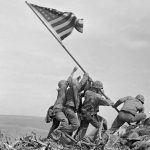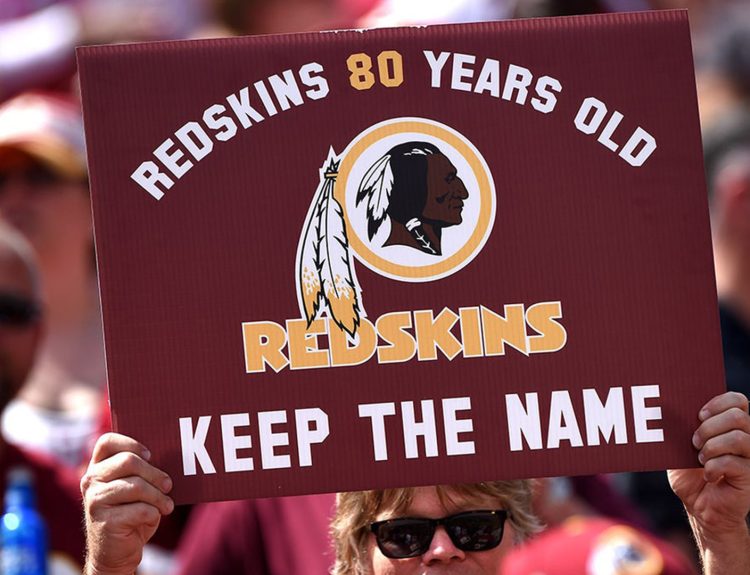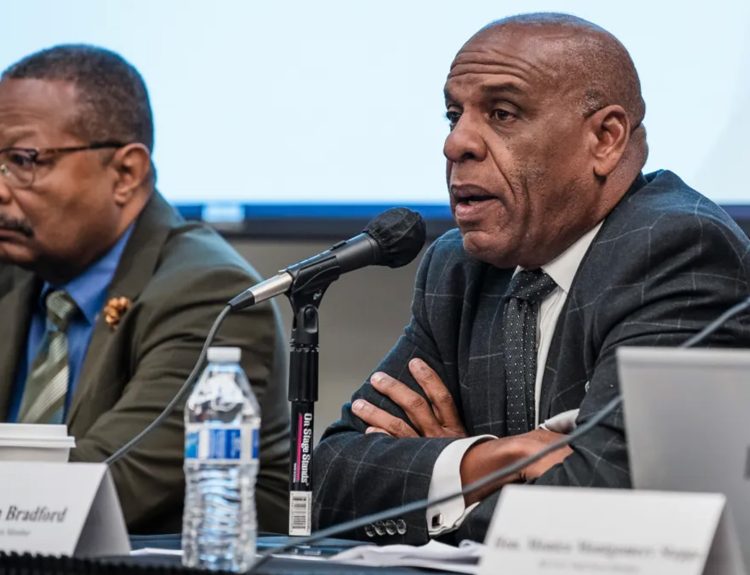During World War II, the United States Army established a unique and secretive unit, the 23rd Headquarters Special Troops, made up of 1,100 men of diverse backgrounds, experiences, and skills. The more than twenty missions carried out by this unit, nicknamed the “Ghost Army,” have been kept under wraps for half a century.
Last week, the seven remaining members of the Ghost Army finally got the recognition they were due when they were awarded Congressional Gold Medals for their unique contribution to the war effort. Just what did the Ghost Army do during World War II and why were their missions kept secret for so long? Let’s find out.
The Ghost Army: Secret, Unseen, and Innovative
The members of the 23rd Headquarters Special Troops unit were active for only about 18 months at the end of World War II – from January 20, 1944, to September 2, 1945. During that time, they were tasked with carrying out some of the most elaborate ruses in wartime history.
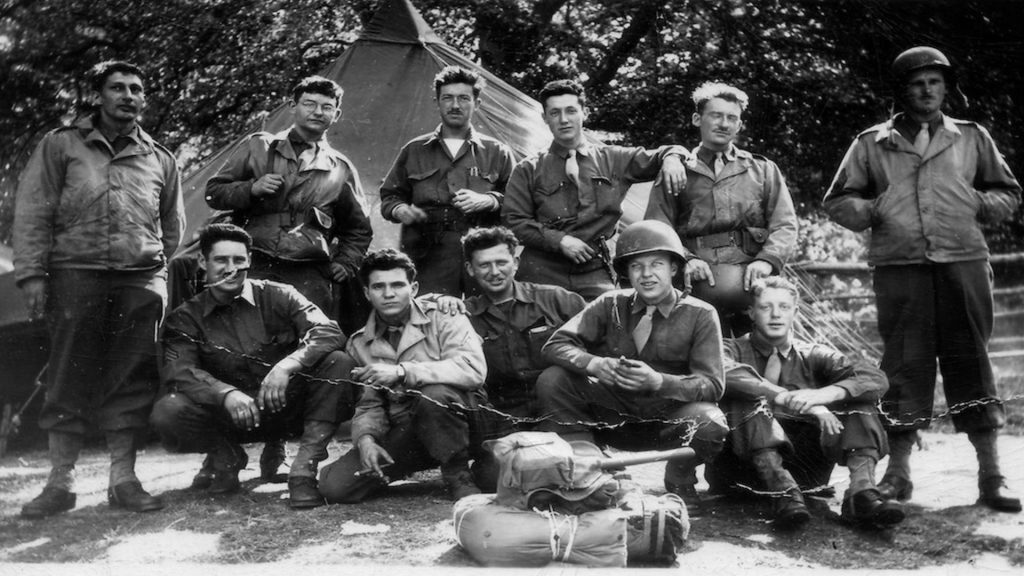
Masters of deception, the members of the Ghost Army put their talents to good use tricking the enemy into thinking Allied Forces were stationed where they weren’t and that invasions were happening where they weren’t happening. They had a number of tools in their arsenal to pull this off.
Borrowing an Idea from the Brits
U.S. Army planners Billy Harris and Ralph Ingersoll borrowed the idea for the Ghost Army from the Brits. In 1942, British Forces engaged in a mission of deception called Operation Bertram ahead of the Battle of El Alamein.
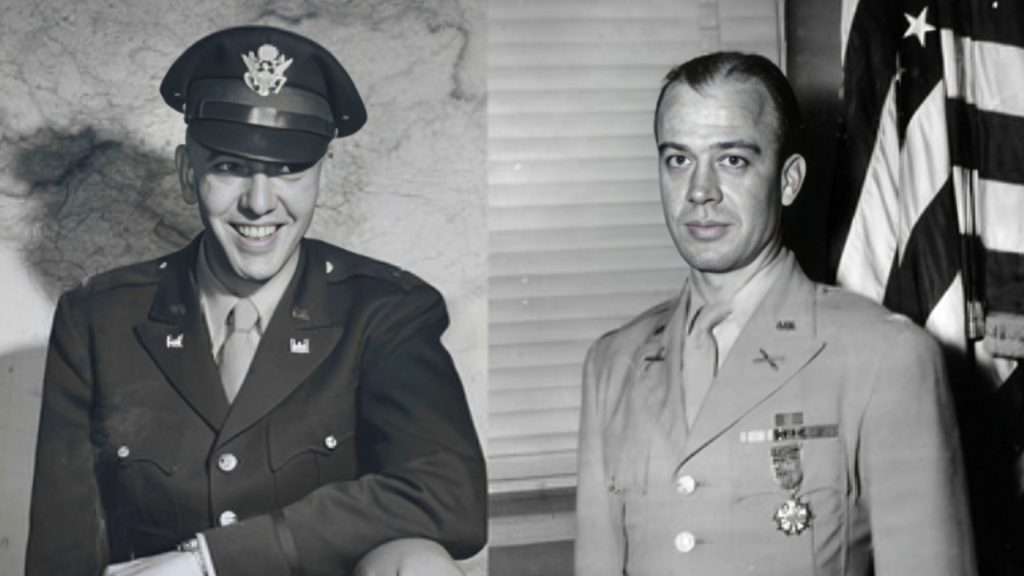
Colonel Harry L. Leeder was tapped to lead the Ghost Army. The unit was headquartered at Camp Forrest, Tennessee, and trained at Camp Pine, New York, before they were sent into action in Europe in the spring of 1944.
Recruiting Ghost Soldiers Who Could Think Outside the Box
Most soldiers are trained to follow orders. Not the Ghost Soldiers. They were encouraged to be creative thinkers and unique problem solvers. Since the Army sought out these types of soldiers, they focused their recruiting efforts on art school students, ad agency employees, and set designers.
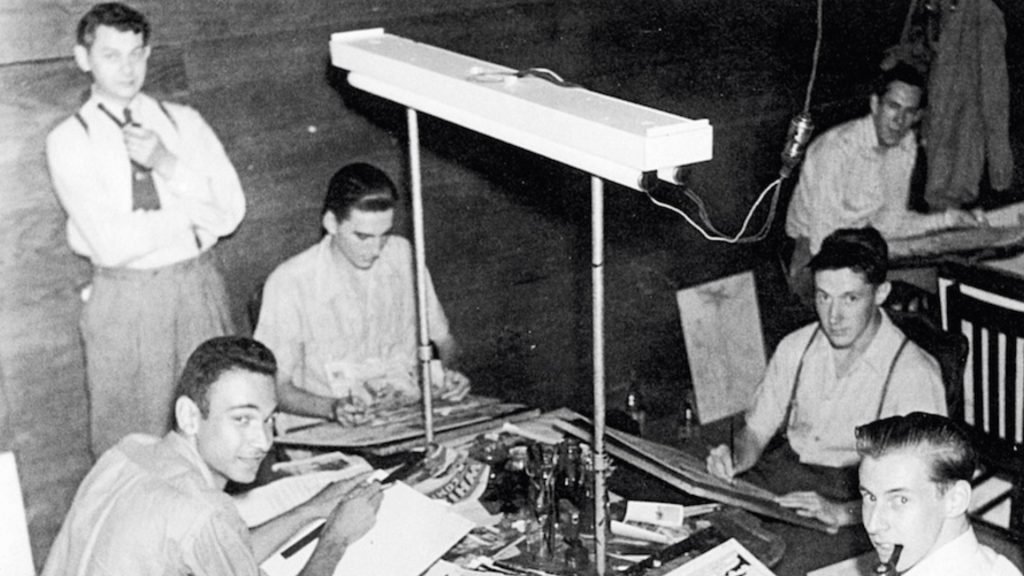
After the conclusion of World War II, many of the soldiers of the Ghost Army went on to successful careers as engineers, actors, artists, architects, and set designers.
The Art of Deception
The goal of the Ghost Army was to deceive the Germans into believing a lie. The specific lie varied from mission to mission, but in general, they wanted to make the enemy think there was a sizable Allied presence somewhere to divert their attention.

For example, the Ghost Army tricked the Germans who were occupying Brest, a city in France, that American troops were planning to attack them from the east and west. The Germans positioned their artillery toward these areas. In reality, the Americans attacked from the north, leaving the Germans scrambling at the start of the battle.
How to Trick the Germans in Four Easy Steps
The Ghost Army was creative in their deceptions and had a number of tools at their disposal to help them pull off their ruses. First, they inflated dummy tanks and lined them up so German aircrafts flying overhead would think that the Allies had brought in the heavy artillery.

The work done by the Ghost Army was so secretive that the men didn’t even tell their own families. The soldiers would simply say, “I blew up tanks.” Their families thought they shot up German tanks when in reality, they inflated fake tanks for the Ghost Army.
Elaborate Visual Deception
The ruse didn’t end with just inflatable tanks. The Ghost Army had inflatable jeeps, cannons, trucks, and even aircraft. Once inflated, they would add standard camouflage to hide the items, but they did it in a slightly sloppy manner … just enough for German reconnaissance planes to still see them.
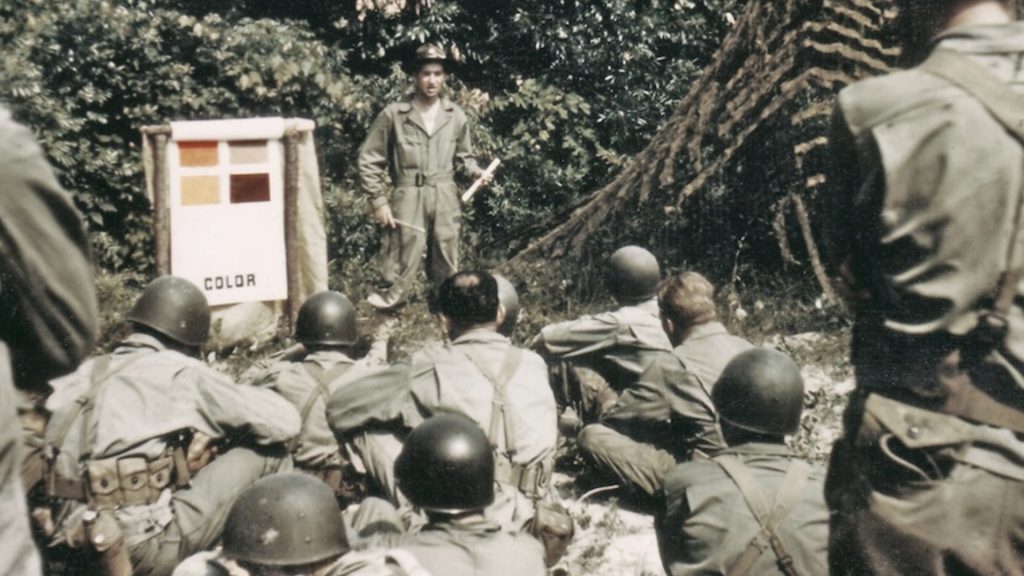
The Ghost Army set up camps that were so detailed that they were believable. There were barracks, latrines, and even laundry hanging on a clothesline. The Ghost Army worked quickly … they could have a fake camp set up within a few hours.
Step Two … Sound Deception
The audio engineers of the Ghost Army had recorded the sounds of infantry units and armored vehicles back at Fort Knox. They mixed the various recordings to suit their specific needs and blasted the sounds from speakers.
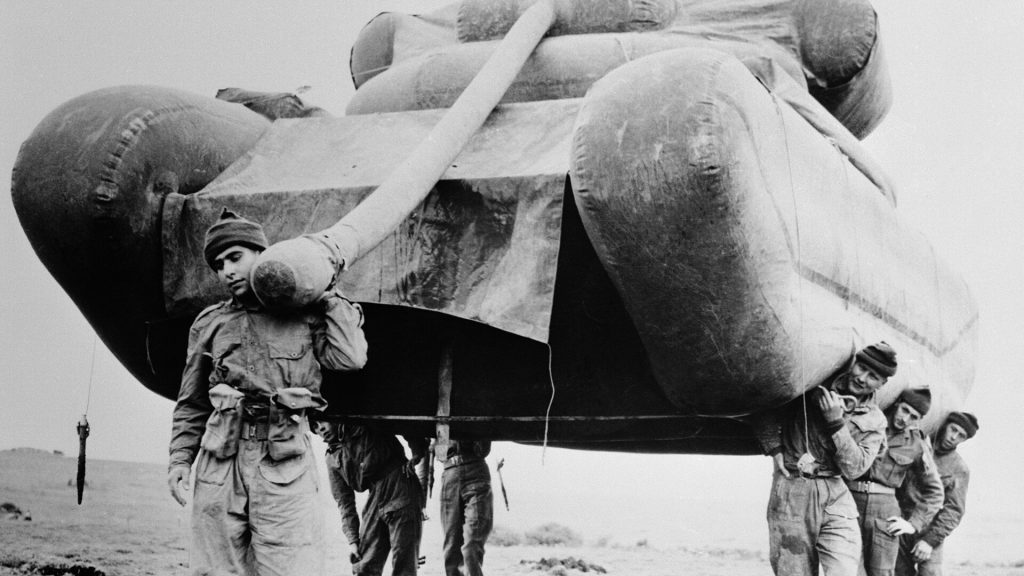
The noises, which mimicked the sounds of an actual encampment, could be heard as far away as 15 miles. The sounds matched the visual set-up and helped convince the Germans that the Americans were readying an attack.
Step Three … Dummy Radio Transmissions
The Ghost Army called it “spoof radio,” but it was really fake radio communications and telegraph transmissions. The Germans, they knew, were routinely intercepting their radio communications, so the Ghost Army gave them something to listen to.
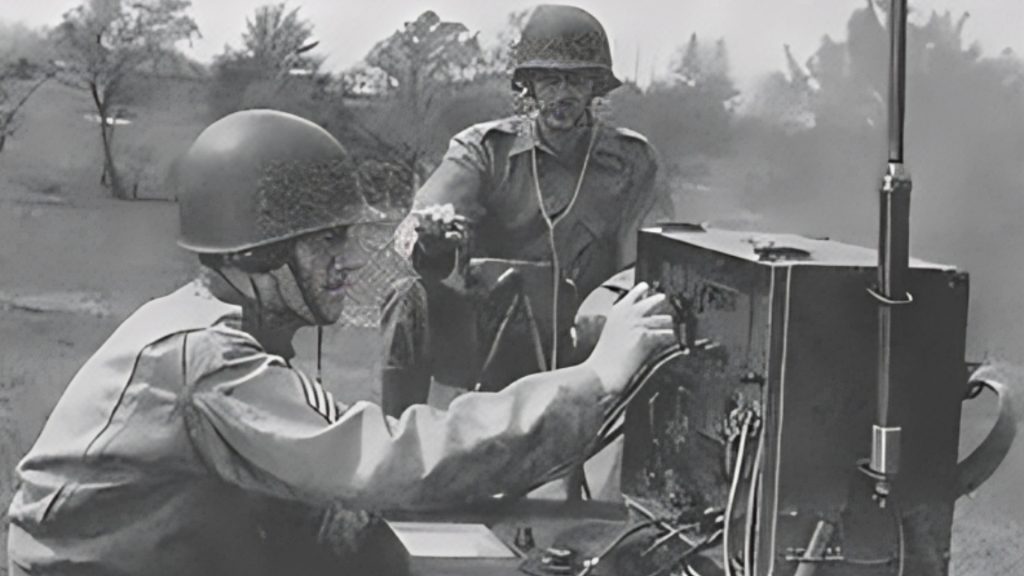
The phony reports, spoofed radio traffic, and scripted communications were all designed to throw the Germans off. The Ghost Army was so skilled at creating realistic radio transmissions that the Germans believed they were intercepting vital information.
Step Four … The Atmosphere
The Ghost Army used the term “atmosphere” to refer to the small details that helped to make their deception believable. For example, it included having the current unit’s insignia on the inflatable vehicles and stationing fake guards at strategic points. They even send soldiers dressed as generals into neighboring towns where German scouts would certainly see them.

All of these steps – the visual, audio, radio, and “atmosphere” – came together to make a convincing ruse. There were only 1,100 soldiers in the Ghost Army, but they were able to make it seem like a division of some 30,000 men were poised for combat.
A Secret Until 1996
The missions of the Ghost Army were kept off the public record for more than half a century. In 1996, information about the 23rd Headquarters Special Troops unit was finally declassified by the U.S. military.
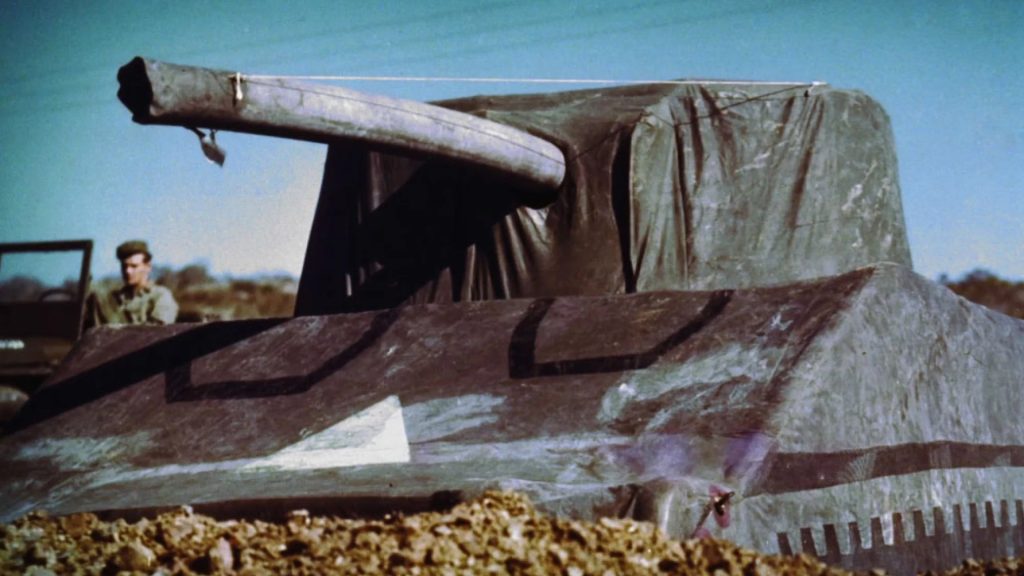
The work done by the members of the Ghost Army added a fascinating chapter to the history of World War II, but it was still not widely known. In 2013, PBS aired a documentary, The Ghost Army, which helped to shine a light on the valuable contribution of this unique unit.
The Push to Recognize the Ghost Army
The director of the documentary, Rick Beyer, was a college classmate of Representative Ann McLane Kuster of New Hampshire. He recruited her help in getting recognition for the Ghost Army.

“How hard could that be?” Kuster recalls thinking at the time. “It turns out, it took seven years,” she added. She was not alone in her efforts. Utah Representative Chris Stewart also sought to get recognition for the Ghost Army after the granddaughter of one of the veterans did a memorable school project on the unit.
The Ghost Army Legacy Project
Beyer even heads up the Ghost Army Legacy Project, a group dedicated to showcasing the unique achievements of the 23rd Headquarters Special Troops.
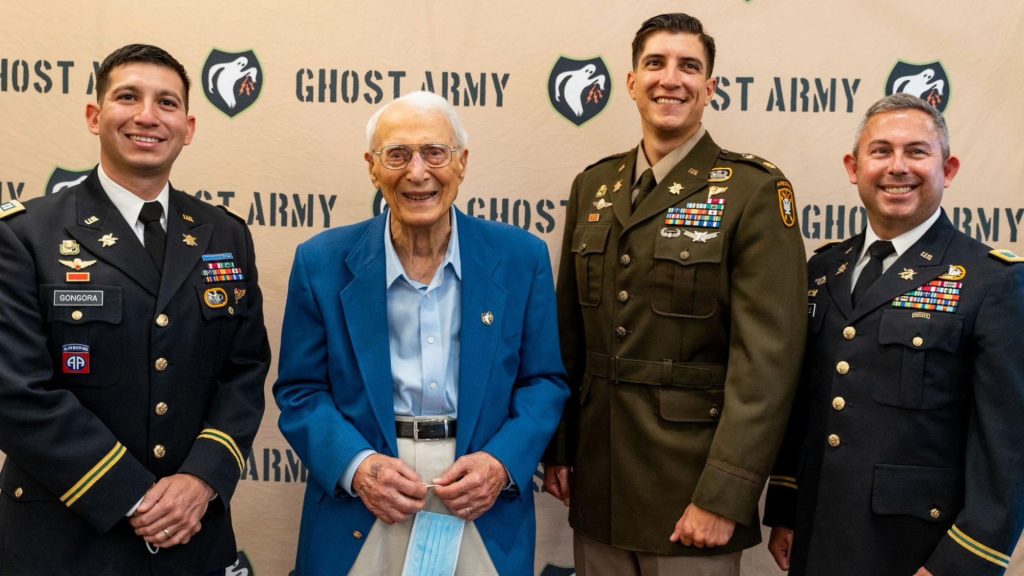
Beyer noted, “When the Ghost Army soldiers were landing at Omaha Beach, when they were setting up inflatables in the rain near the front lines in Brest, when they were freezing in the snow of Bastogne or drawing fire on the Gothic line in Italy, they would have been shocked by the idea that, 80 years later, a grateful nation would have honored them in this way.”
The Congressional Gold Medal
After several years of lobbying, the United States government finally awarded the men of the Ghost Army the Congressional Gold Medal at an awards ceremony held last week. Of the 1,100 members of the Ghost Army, only seven men are still living.
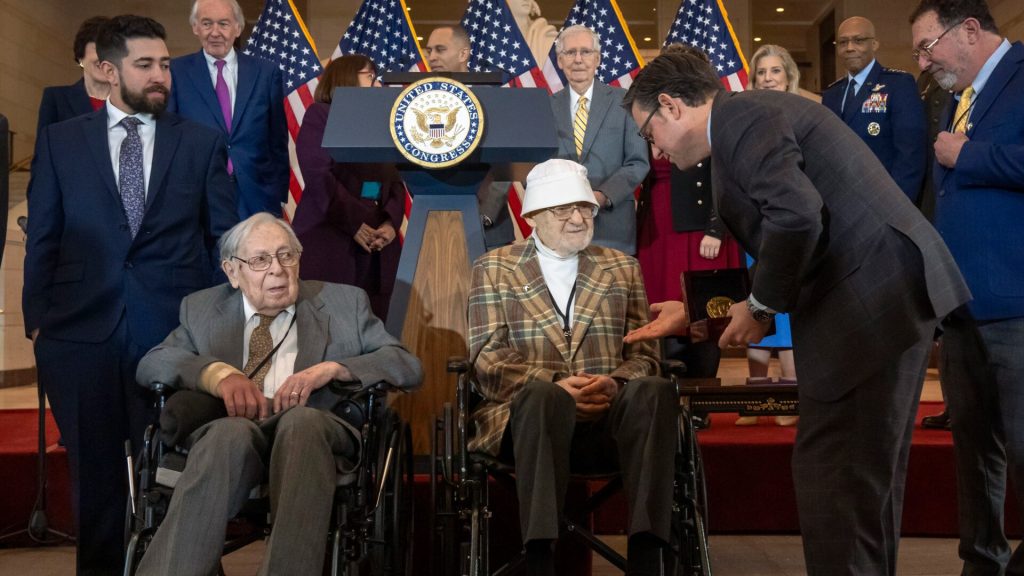
Three of them were able to attend the ceremony honoring their service. They are John Christman, Seymour Nussenbaum, and Bernard Bluestein. Bluestein, now 100 years old, spoke on behalf of the other surviving veterans when he said, “I am proud and happy to be here.”


